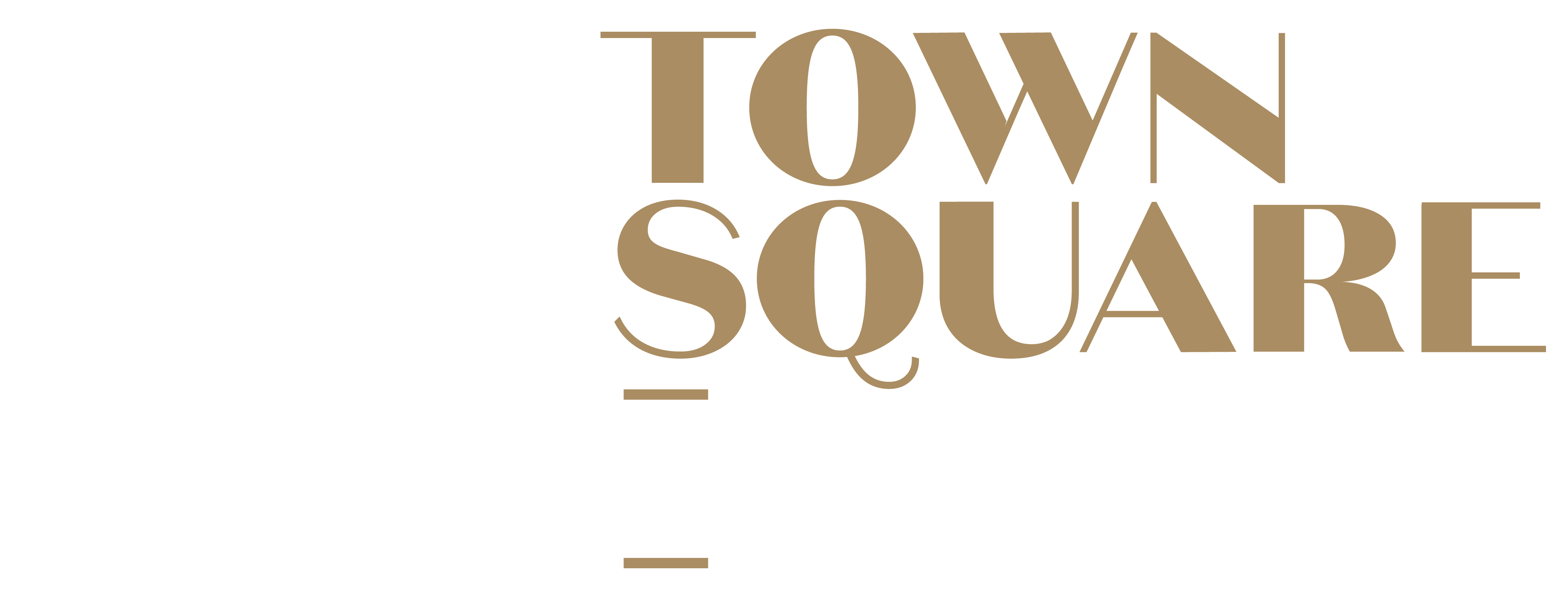Buy to Let Mortgages for UK Property
Here we explain what buy-to-let mortgages are, who can apply for them, and what steps are involved in securing finance for UK property.
(First published in 2021 but updated in 2023.)
What is a Buy-to-Let Mortgage?
Buy to let mortgages are specifically designed for landlords and property investors who buy residential property for the sole purpose of renting it to tenants.
Buy to let mortgages are often more expensive, the interest rates charged are usually higher and Mortgage lenders for buy-to-let properties usually expect a minimum deposit of 25% of the value of the property; any lower and the fees and interests rates are increased accordingly.
Who can get a buy-to-let mortgage?
You can get a buy-to-let mortgage under the following circumstances:
- you want to invest in houses or flats
- you can afford to take and understand the risks of investing in property
- you already own your own home, whether outright or with an outstanding mortgage
- you have a good credit record and aren’t stretched too much on your other borrowings, for example, credit cards
- you earn £25,000+ a year – if you earn less than this you might struggle to get a lender to approve your buy-to-let mortgage
- you’re under a certain age – lenders have upper age limits, typically between 70 or 75.
Where can I get a buy-to-let mortgage?
Most of the big banks and some specialist lenders offer BTL mortgages.
It’s a good idea to talk to a mortgage broker before you take out a buy-to-let mortgage, as they will help you choose the most suitable deal for you.


